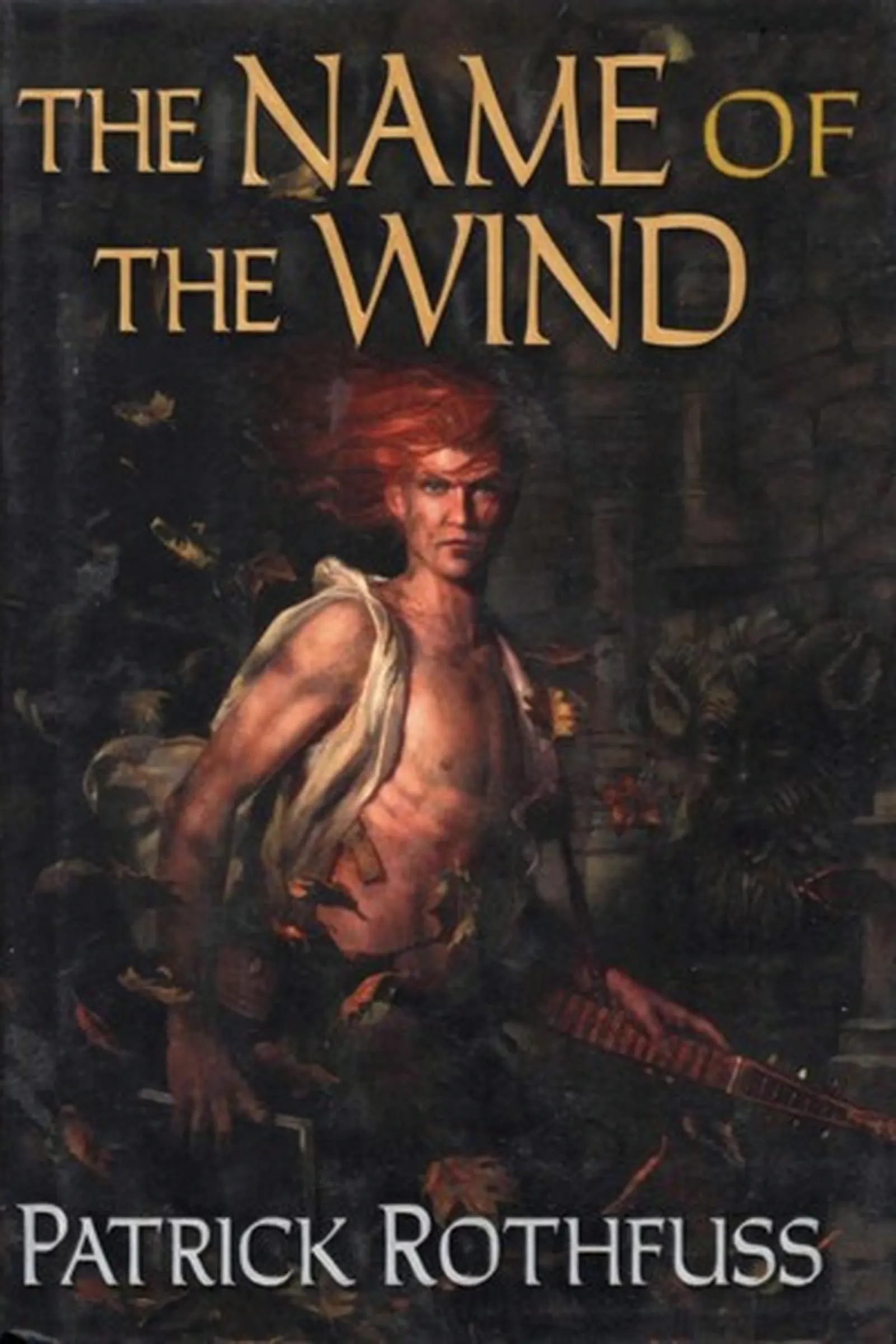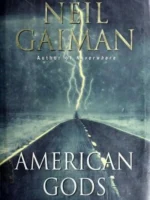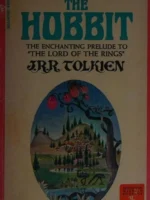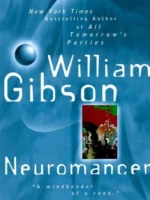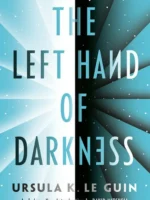The Name of the Wind, Patrick Rothfuss, 2007
- Author: Patrick Rothfuss
- Genre: Sci-Fi/Fantasy
- Publisher: DAW Books
- Publication Year: 2007
- Pages: 662
- Format: Paperback
- Language: English
- ISBN: 978-0756404741
- Rating: 4,6 ★★★★★
The Name of the Wind Review
The Name of the Wind by Patrick Rothfuss is a lyrical fantasy about story, survival, and the cost of being a legend. Published in 2007, it frames the life of Kvothe: prodigy, musician, arcanist, and fugitive. For you, this book offers immersion through voice: a hero telling his own truth with charm and wounds visible. It privileges craft over spectacle and makes magic feel like physics written in poetry.
Overview
The novel uses a frame: a quiet inn, a patient scribe, a tale that unfolds across a long night. Inside that frame you follow Kvothe from street kid to University student, from hunger to the first notes of power. You will notice careful worldbuilding: currency, guilds, the science of sympathy, the music of the Edema Ruh. The plot moves through study, rivalry, first love, and a shadow war that never quite leaves the corner of your eye.
Summary
Kvothe’s family is murdered by the Chandrian, figures of nursery rhyme turned real. He survives in a brutal city, then claws his way to the University to learn the names that might help him fight back. He earns friends, enemies, and debt. He plays his lute as if it were breath itself. Without spoiling turns, investigations uncover stories within stories: clues in songs, truths that refuse to sit still. The book ends with promise rather than closure: a first movement that holds its note.
Author
Patrick Rothfuss writes with musical cadence and patient detail. He cares about sentences, systems, and how memory edits itself. You benefit from prose that carries you even when the plot breathes slowly.
Key Themes
You will explore names as power and responsibility. You will see poverty as teacher and scar. You will consider performance: the self as story told to survive. You will meet love as orbit rather than destination. You will notice knowledge as both ladder and labyrinth.
Strengths and Weaknesses
Strengths: gorgeous prose, textured worldbuilding, and a voice you want to follow. Strengths: magic that behaves like a rigorous craft. Weaknesses: pacing lingers, romance loops, and some mysteries stall by design. Overall: a rich opening that earns its reputation through care.
Target Audience
Ideal for readers who enjoy character driven fantasy, academic settings, and systems of magic that feel learned rather than bestowed. Great for book clubs that like to argue about unreliable memory.
Favorite Quotes
Short lines land: words have weight, music heals edges, names change maps. They make the book easy to carry in conversation.
Takeaways
For you, the key takeaway is that stories are tools: they protect, persuade, and sometimes trap. Talent matters, but patience and practice shape it into something that lasts.
| pa_author | Patrick Rothfuss |
|---|---|
| ISBN | 978-3-254-80227-4 |
| pa_year | 1979 |
| Pages | 421 |
| Language | English |
